Lemon tetra - Hyphessobrycon pulchripinnis
Scientific name: Hyphessobrycon pulchripinnis
Common name: Lemon tetra
Family: Characidae
Usual size in fish tanks: 4 - 5 cm (1.57 - 1.97 inch)
014
Recommended pH range: 6 - 7.5
Recommended water hardness: 4 - 18°N (71.43 - 321.43ppm)
0°C 32°F30°C 86°F
Recommended temperature range: 22 - 28 °C (71.6 - 82.4°F)
The way how these fish reproduce: Spawning
Where the species comes from: South America
Temperament to its own species: peaceful
Temperament toward other fish species: peaceful
Usual place in the tank: Middle levels
Food
Lemon Tetras are omnivorous and will accept a wide variety of foods such as algae, worms, crustaceans and an array of store bought foods.
Sexing
The only way to tell males from females is to examine the black line running along their anal fins. The female will have a very fine black line while the males will have a very thick black line. The black line on the alpha male’s anal fin might come close to covering the whole anal fin. This method of sexing only works on mature specimens because this feature is not yet formed on juveniles.
Breeding
The female can lay up to 300 eggs in one spawning. The eggs will hatch within 72 hours and the fry will take another 48 hours to absorb their yolk sacs.
Lifespan
Lemon tetra has the potential to live up to 5 years.
Origin
The Lemon Tetra can be found throughout South America in rivers such as the Tapajos and the Amazon where the waters always remain very warm.
Description
In the wild, there are usually thousands of pairs spawning at the same time and within a close proximity to one another. In order to sabotage one another’s spawning success, each pair will rush over and eat their neighbor’s eggs; it sort of becomes a competition. When breeding Lemon Tetras in captivity the only eggs to eat are usually their own so be sure to protect them by using egg traps.
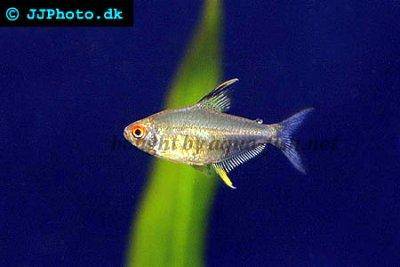






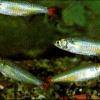 Bloodfin
Bloodfin 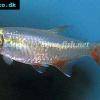 Bloodfin
Bloodfin  Panda
Panda 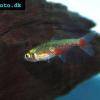 Green
Green 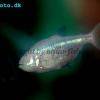 Blind
Blind  Kennedy
Kennedy 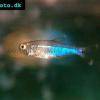 Blue
Blue 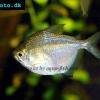 Discus
Discus 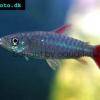 Pink
Pink 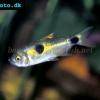 Bucktoothed
Bucktoothed 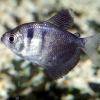 Black
Black 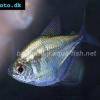 False
False 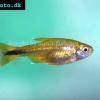 Silver
Silver  Hemigrammus
Hemigrammus 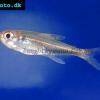 Dash-dot
Dash-dot  Rummy
Rummy 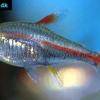 Glowlight
Glowlight 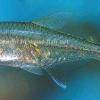 January
January 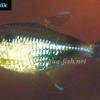 Head
Head  Garnet
Garnet 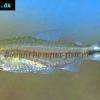 Rummy
Rummy  Gold
Gold  Red
Red 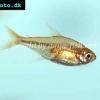 Ember
Ember  Buenos
Buenos  Colombian
Colombian 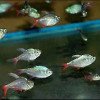 Ecuador
Ecuador  Bleeding
Bleeding 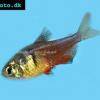 Flame
Flame 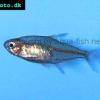 Georgett’s
Georgett’s 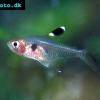 Griems
Griems  Kitty
Kitty 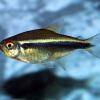 Black
Black  Firefin
Firefin  Loreto
Loreto 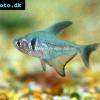 Black
Black 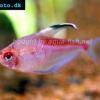 Redback
Redback 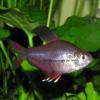 Rosy
Rosy 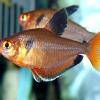 Serpae
Serpae  Savanna
Savanna  Red
Red  Blue
Blue 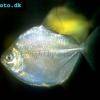 Silver
Silver 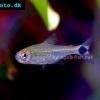 Ceros
Ceros  Napo
Napo 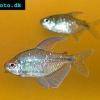 Diamond
Diamond 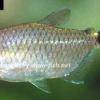 Red
Red 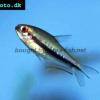 Rainbow
Rainbow 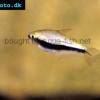 Emperor
Emperor  Cardinal
Cardinal 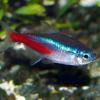 Neon
Neon  Green
Green 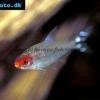 False
False  Glass
Glass 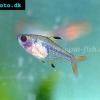 X-ray
X-ray 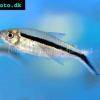 Penguin
Penguin